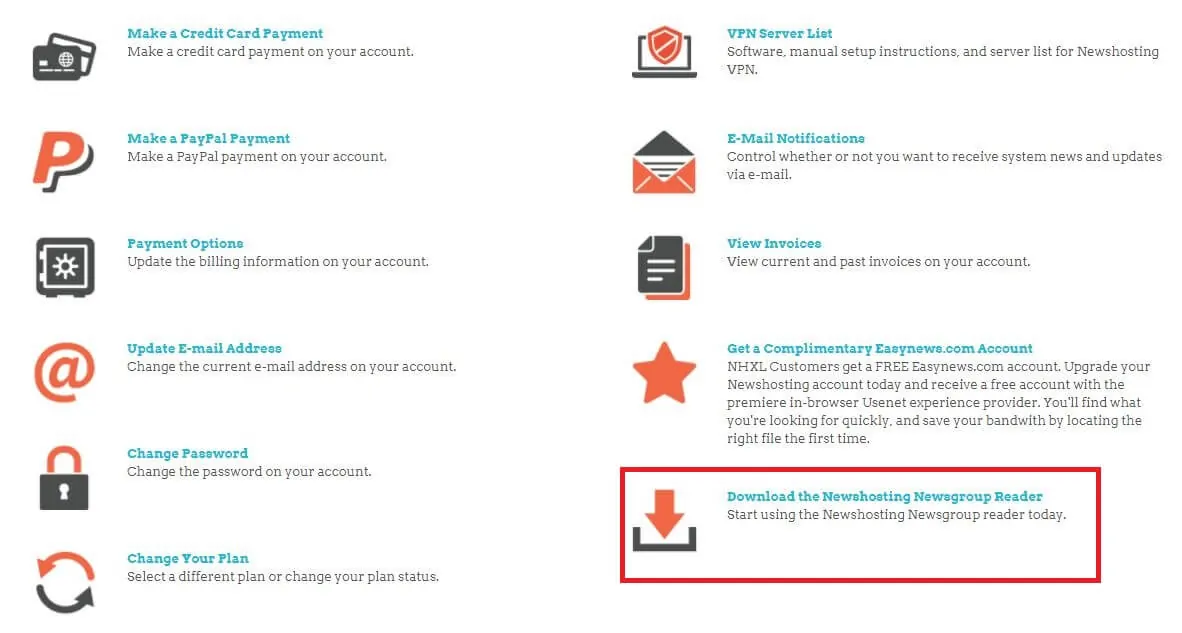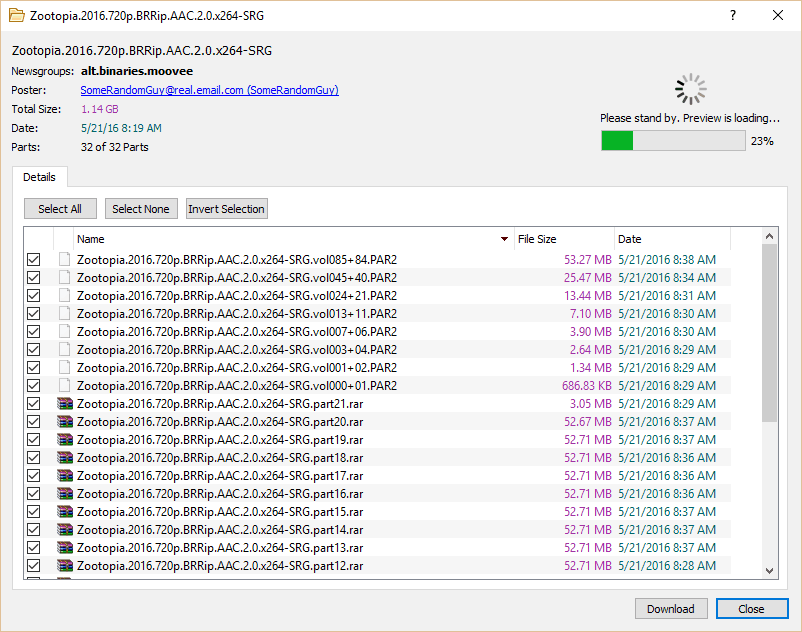

Eventually, people decided they’d had enough and the NZB file was born.Īlthough the origin of the NZB format is murky (some accounts claim it was created by Newzbin, others that it was first created by Dutch computer enthusiasts and lifted by Newzbin), the practical application of NZB files is perfectly clear.
#NEWSHOSTING VPN CLIENT VERIFYING DOWNLOAD#
Accessing the binary groups was an arcane art and required multiple steps as well as a lot of frustration when those multipart files didn’t download or unpack correctly. You can find virtually any type of file that you can imagine downloading in those groups-from tiny files to multi-gigabyte Blu-ray image files. These files are broken up into pieces and shared as text blocks in thousands of sequential Usenet messages. What exactly is Usenet and how does it provide these things? A bit of history is in order.īinary groups are sub groups that specialize in the distribution of non-text files. Torrenting is, even on a private tracker, a public activity, requiring a VPN to hide your location and identity.īy contrast, Usenet is private, secure, and as fast as your broadband connection can handle. Torrents are not inherently private or secure because there is no way, even on the nicer private trackers, to engage in the entire process of torrenting without sharing your identity (or the identity of your proxy or seedbox at least). Your ability to find and download files is dependent on other people sharing them, as well as the quality and speed of their connections to the internet. You get a torrent file, and that torrent file connects you to a tracker, which in turn helps your BitTorrent client find all the other computers around the world sharing that file.

Torrents are a form of distributed file sharing. First, let’s talk about a system nearly everyone is familiar with, BitTorrent.


 0 kommentar(er)
0 kommentar(er)
